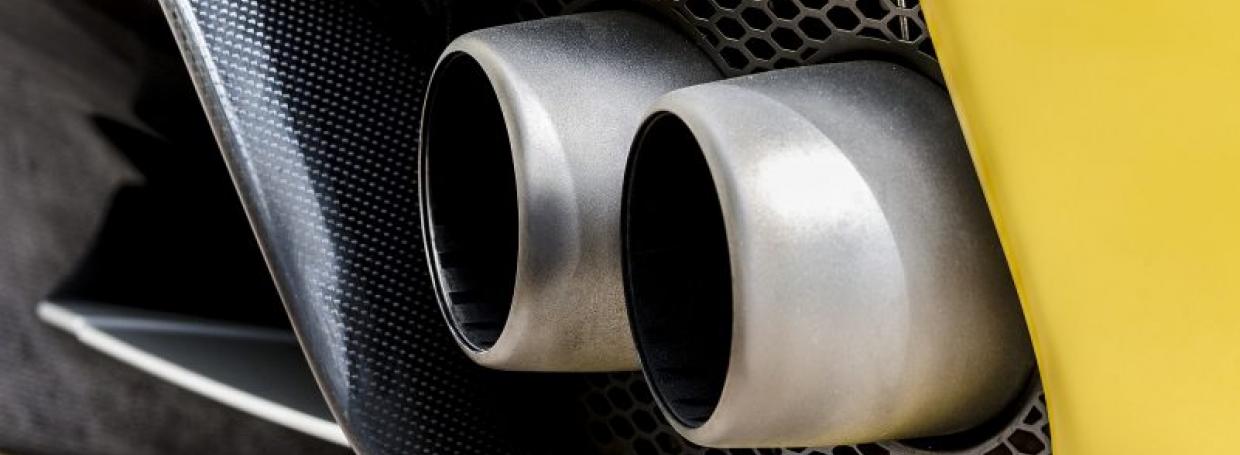How the New Emissions Scheme will Affect Car Buyers in SG

On 8 March 2017, the Minister for Environment and Water Resources Masagos Zulkifli announced a new Vehicular Emissions Scheme, or VES, during the Budget this year. As outlined in the joint media release of the National Environment Agency (NEA) and the Land Transportation Authority (LTA), the new scheme is set to replace the current Carbon Emissions-Based Vehicle Scheme (CEVS) for all new cars, taxis, and newly imported cars with effect from 1 January 2018. It takes into account four additional pollutants in the criterion to reduce harmful vehicular emissions in Singapore. Along with the revised criterion, the new scheme will also establish new banding rebates and surcharges. In this article, we help break down how this new emissions scheme will affect your plan of getting a new car in 2018.
What Is It?
Unlike the CEVS that only account for carbon-based emissions, the Vehicular Emissions Scheme aims to improve the current system by including other harmful vehicle pollutants such as hydrocarbons (HC), carbon monoxide (CO), nitrogen oxides (NOx), and particulate matter (PM). The higher emission standards in the VES are designed to encourage car buyers to choose lower emission vehicles to further improve ambient air quality and thereby improving public health – in line with Singapore’s Air Quality Targets and Climate Change Goals.
With this, the VES will also enact new banding rebates or surcharges for a car or taxi determined by its worst performing pollutant. See table below for the corresponding rebates and surcharges for the VES bands.
Source: Land Transport Authority. (2017). Joint Media Release by the Land Transport Authority (LTA) & NEA – New Vehicular Emissions Scheme to Replace Carbon-Emissions Vehicle Scheme from 1 January 2018. Retrieved from https://www.lta.gov.sg/apps/news/page.aspx?c=2&id=08685840-d664-4713-9ccb-96dcd8936d08
Since most taxis clock in higher mileage than cars, rebates and surcharges for taxis under the scheme will be 50 percent higher. This is to encourage taxi companies to adopt lower emission models for their fleet.
How It Affect Car Prices?
With nearly half of current car models in Singapore in the neutral or surcharge band, the VES is definitely going to drive most car costs up. The Toyota Prius, one of the most eco-friendly car models in Singapore, is banded under the highest rebate ($30,000) in the present CEVS. In the new scheme, the Prius’ current engine specifications will be under the neutral band, which may discourage some car buyers from getting it. Cars with diesel engines may also be affected the new emissions scheme. Despite producing less carbon dioxide (CO2) emissions compared to petrol engines, diesel engines produce more harmful pollutants such as nitrogen oxide (NOx) and fine particulate matter (PM). Electric cars are the only vehicles likely qualify for the $20,000 rebate, while other small hybrids (like the Hyundai Ioniq) can qualify for the $10,000 rebate.
To aid potential car buyers make informed decisions before purchasing, fuel economy labels are set to be redesigned to include information on the car model’s VES band. The new labels are expected to be implemented starting 1 January 2018. With these new emission standards, car manufacturers and importers are likely to bring in cleaner car models to Singapore.
Although the VES may lessen the demand for new cars next year, the long term benefits of this scheme will greatly benefit Singapore as a whole. It will better ambient air quality and thereby improve public health.
Enjoy great savings on your vehicle insurance in Singapore with DirectAsia Insurance. Our customisable auto insurance plans allow you to pick and choose the benefits you’ll need on the road minus the unnecessary cost. Get a direct quote now! Choose the plan you want. Pay the way you want. You are insured!
NOTE: Car specifications listed in the article are based on the car specifications available in the market today. It may alter over time.



